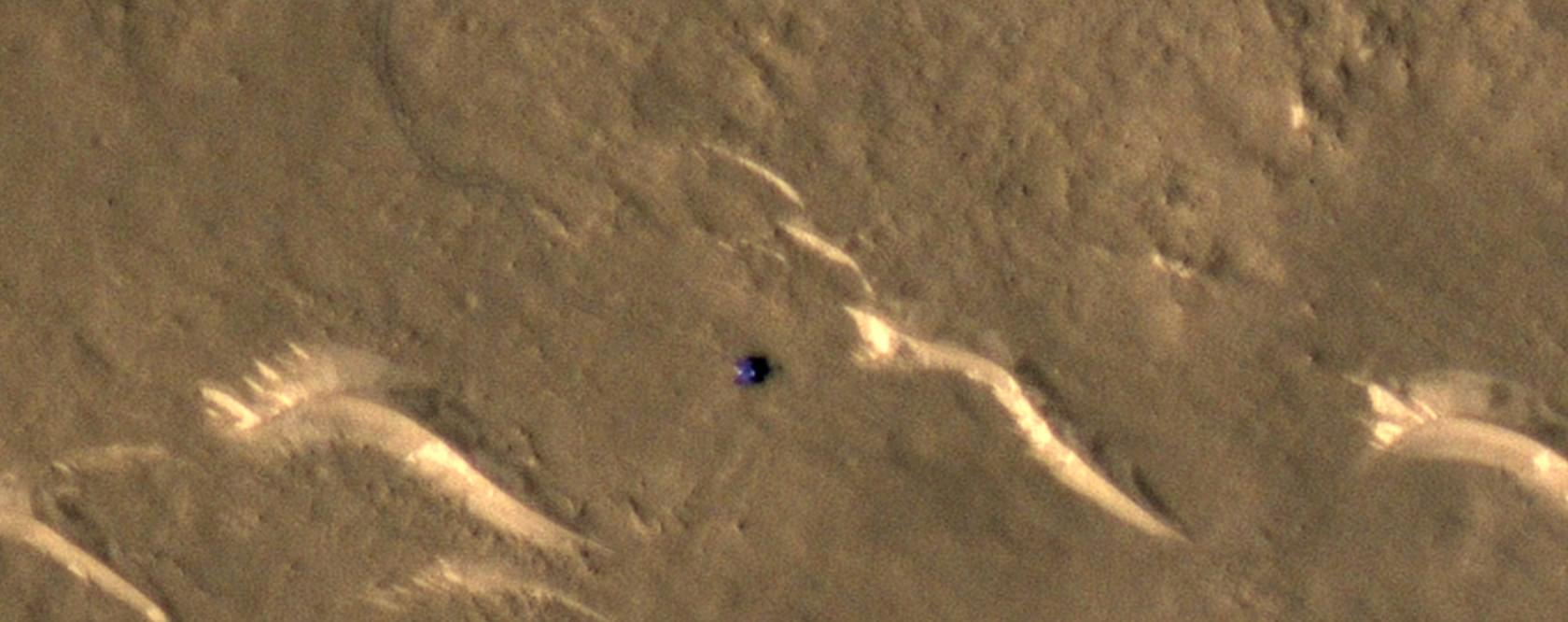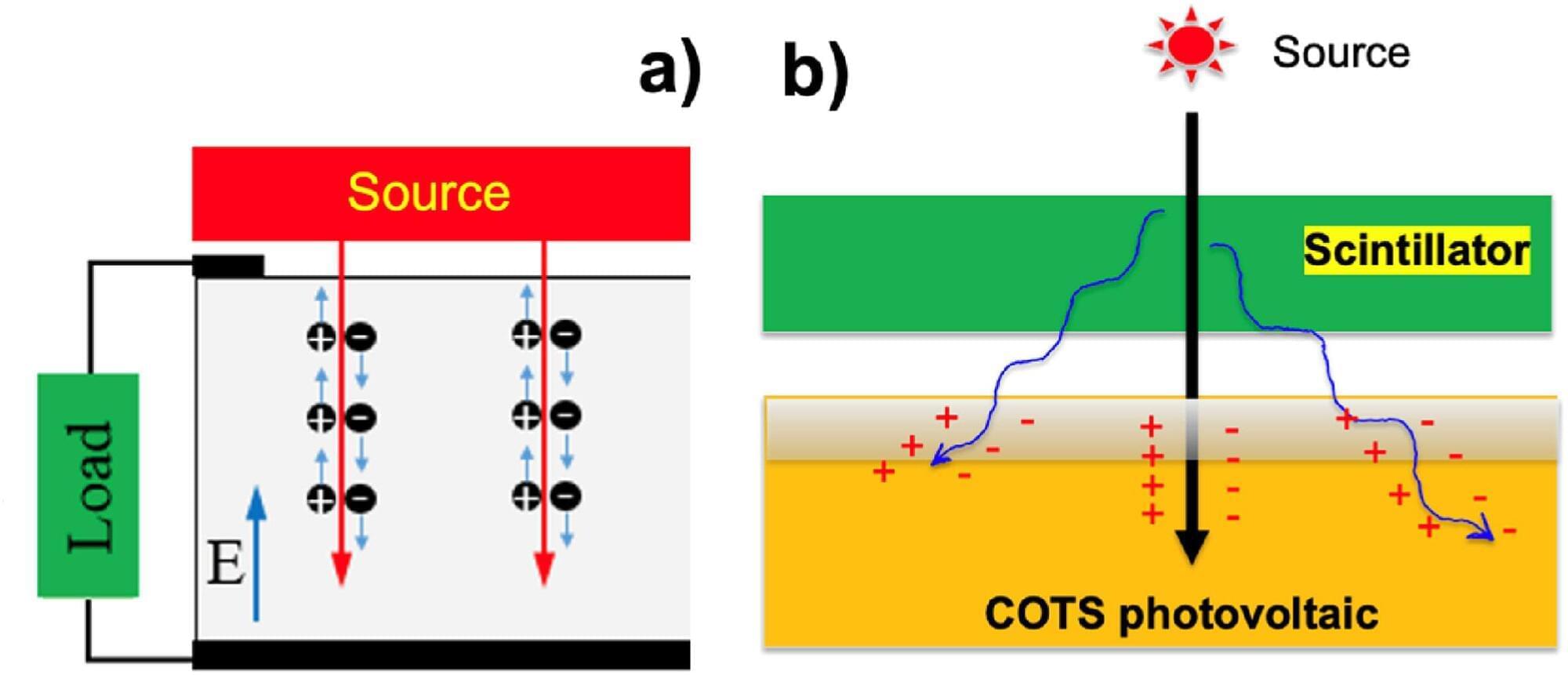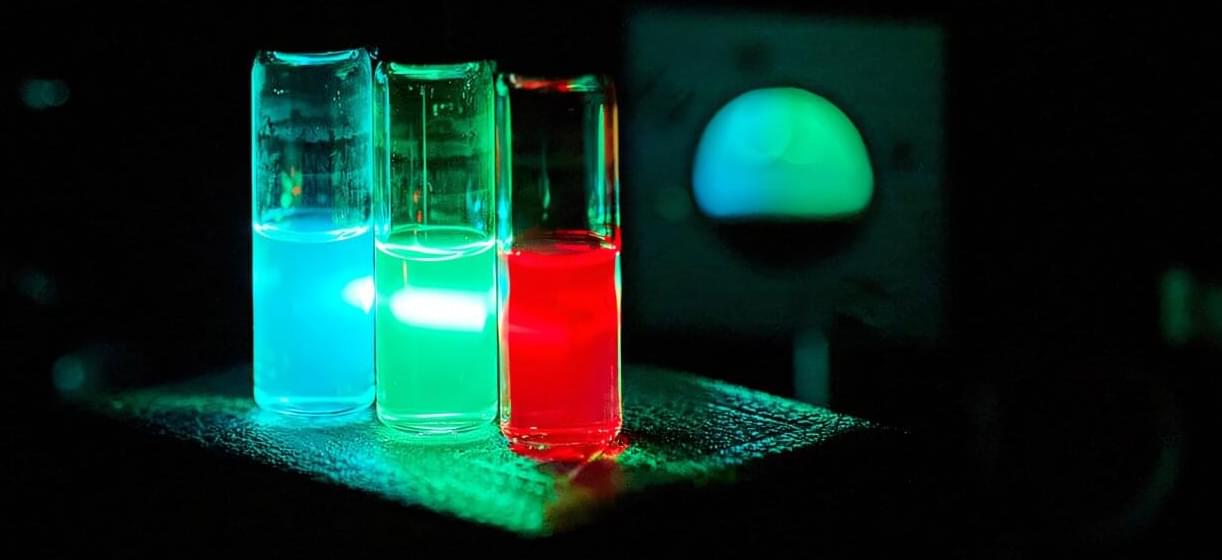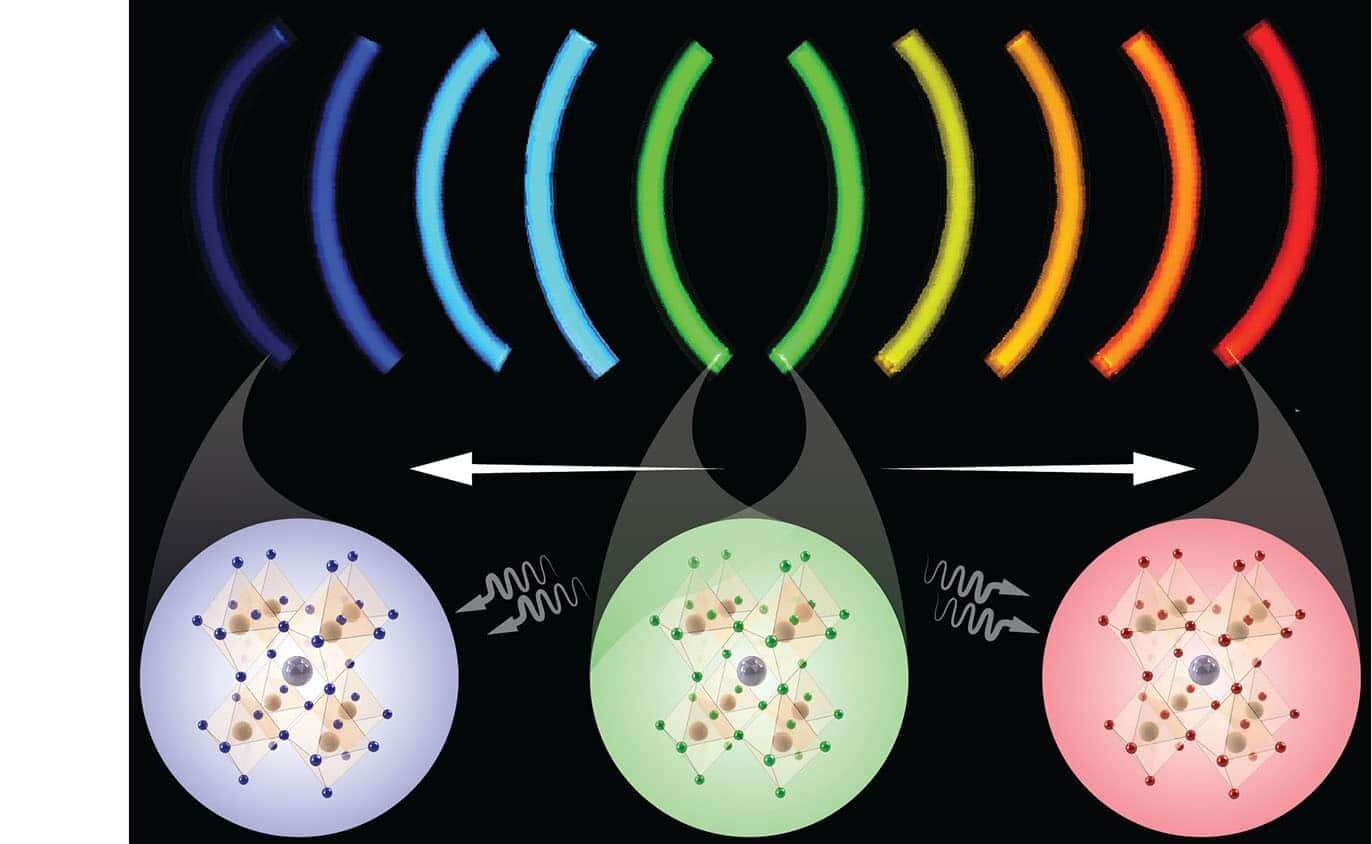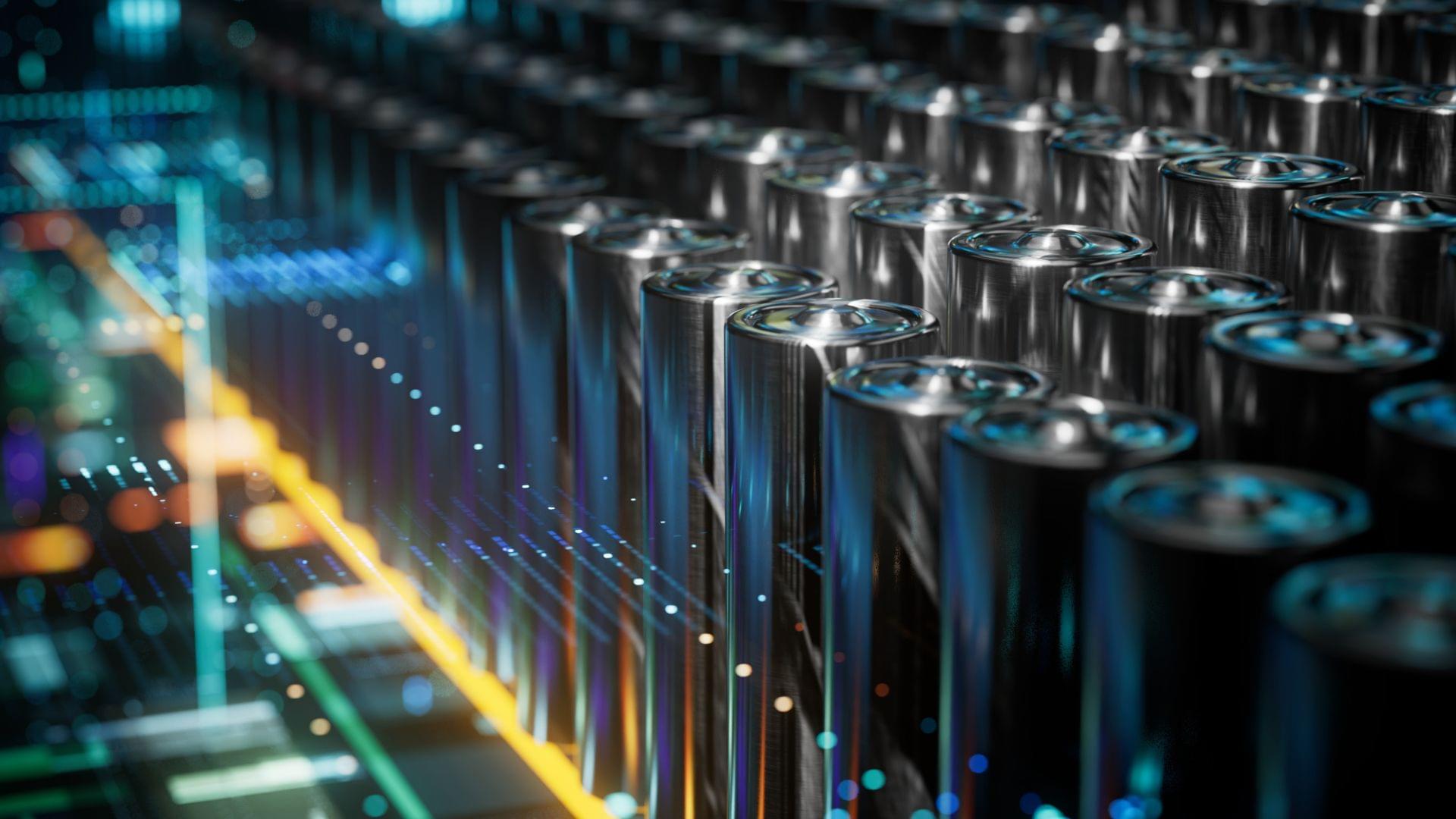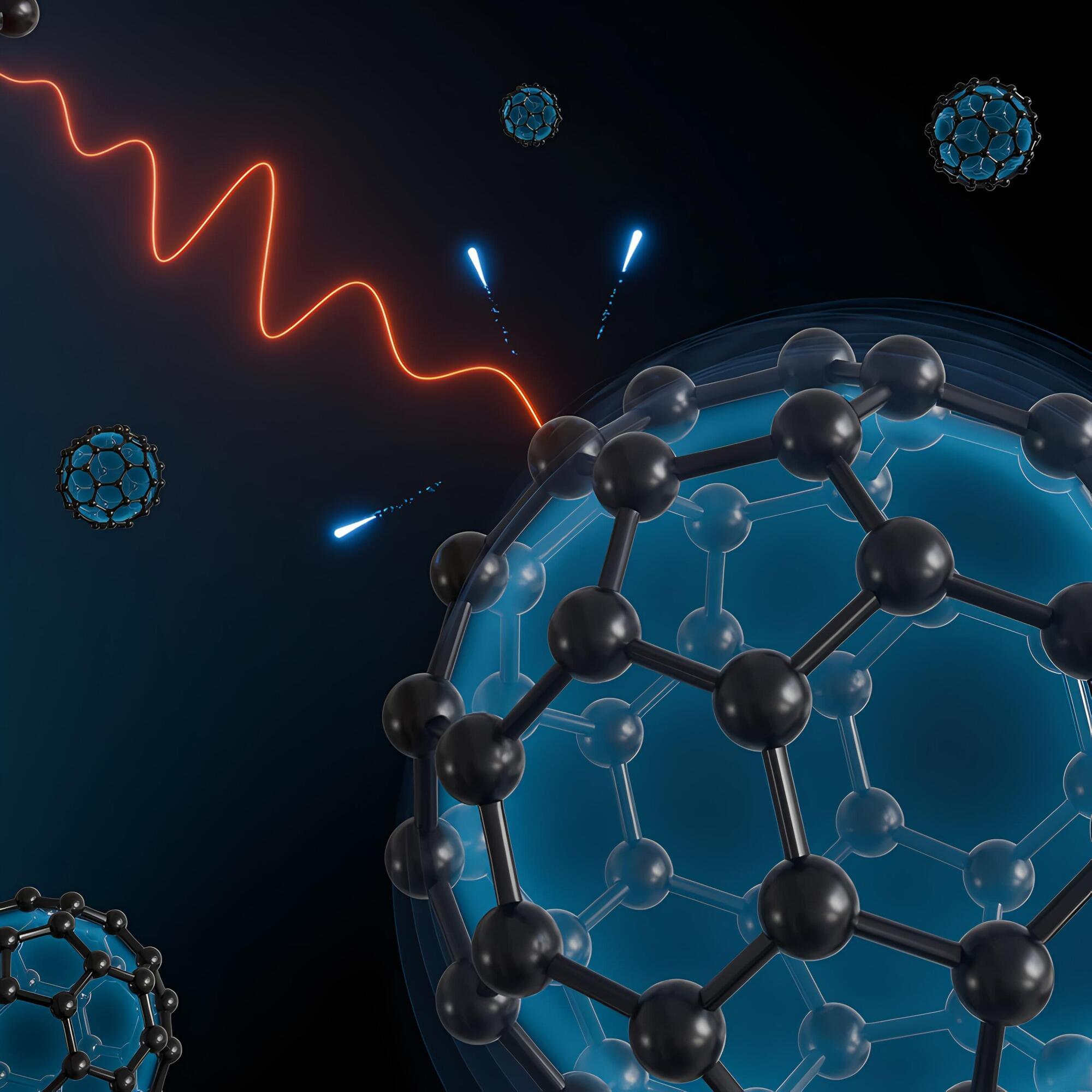Dr. Benjamin Cardenas: “We tend to think about Mars as just a static snapshot of a planet, but it was evolving. Rivers were flowing, sediment was moving, and land was being built and eroded.”
Did an ocean exist on ancient Mars that might have been suitable for life as we know it? This is what a recent study published in the Proceedings of the National Academy of Sciences hopes to address as an international team of researchers led by Guangzhou University and the Chinese Academy of Sciences investigated the possibility of an ancient shoreline in the northern hemisphere of Mars that could have been home to an ancient ocean. This study has the potential to help researchers better understand the environmental conditions on ancient Mars and whether they were suitable for life as we know it.
For the study, the researchers analyzed radar data obtained from China’s Zhurong rover, which landed in a northern region on Mars called Utopia Planitia in May 2021. However, Zhurong stopped functioning after researchers put it in hibernation mode in May 2022 and the rover never woke up, likely due to dust covering its solar panels. Despite this, the researchers of this study presented evidence of an ancient shoreline in Utopia Planitia that mirrors coastal sediments observed on the Earth called “foreshore deposits”
“We’re seeing that the shoreline of this body of water evolved over time,” said Dr. Benjamin Cardenas, who is an assistant professor of geology at Penn State and a co-author on the study. “We tend to think about Mars as just a static snapshot of a planet, but it was evolving. Rivers were flowing, sediment was moving, and land was being built and eroded. This type of sedimentary geology can tell us what the landscape looked like, how they evolved, and, importantly, help us identify where we would want to look for past life.”
